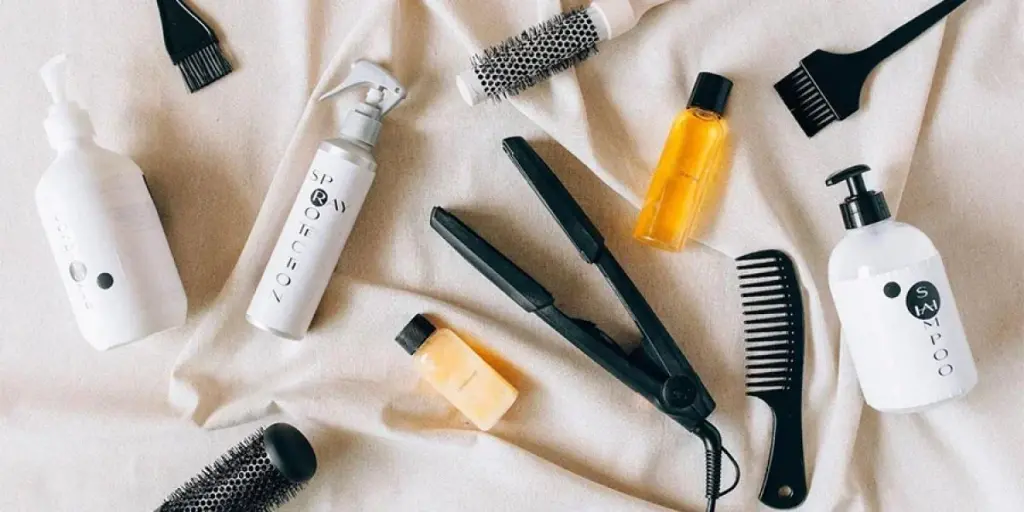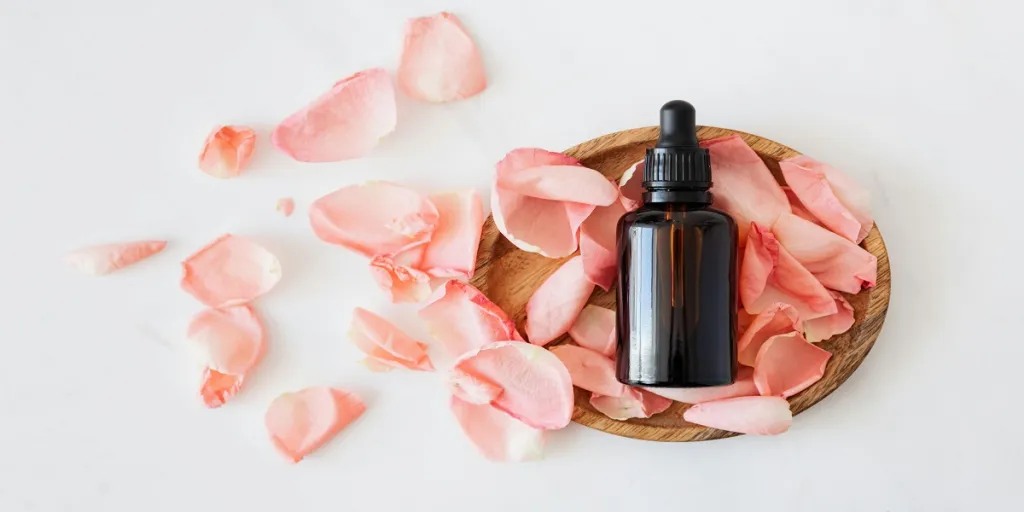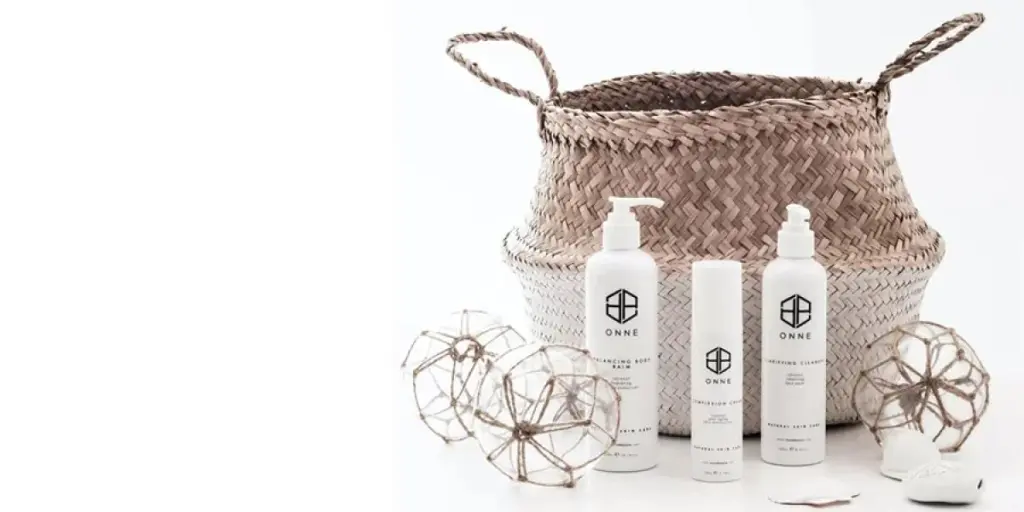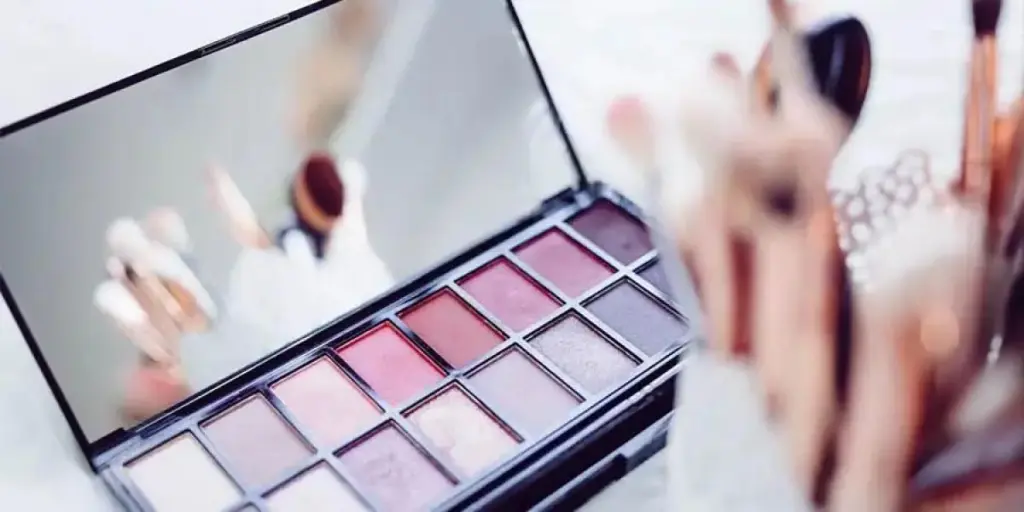Table of Contents
Introduction: The Quiet Revolution in Your Skincare Routine
Part 1: Data-Driven Dominance—Why Toner Is Now Non-Negotiable
The Numbers Behind the Boom
Climate Change as a Catalyst
Part 2: The Science of Sensoriality—Where Texture Meets Therapy
Engineering Multisensory Experiences
Inclusive Biochemistry: No More “One-Toner-Fits-All”
Part 3: Climate-Adaptive Formulations—Skincare’s New Arms Race
Pollution Armor and Cryo-Tech
Waterless Innovations for a Thirsty Planet
Part 4: Sustainability Beyond Buzzwords—Packaging That Performs
Zero-Waste Luxury
Carbon-Negative Processes
Conclusion: The Toner of Tomorrow—Adaptive, Regenerative, Essential
Key Takeaways for Brands:
Introduction: The Quiet Revolution in Your Skincare Routine
In 2025, a subtle but seismic shift began in bathrooms and beauty stores worldwide. Toner—the step many once skipped—started stealing the spotlight. No longer just a “nice-to-have” for pH balancing, this unassuming liquid has become a frontline defender against pollution, a playground for sensory innovation, and a proving ground for sustainable design. Its transformation mirrors three global forces: rising climate anxiety, demand for inclusive science, and Gen Z’s obsession with experiential beauty. Let’s unpack how toner became the category to watch—and what it reveals about the future of skincare.
Part 1: Data-Driven Dominance—Why Toner Is Now Non-Negotiable
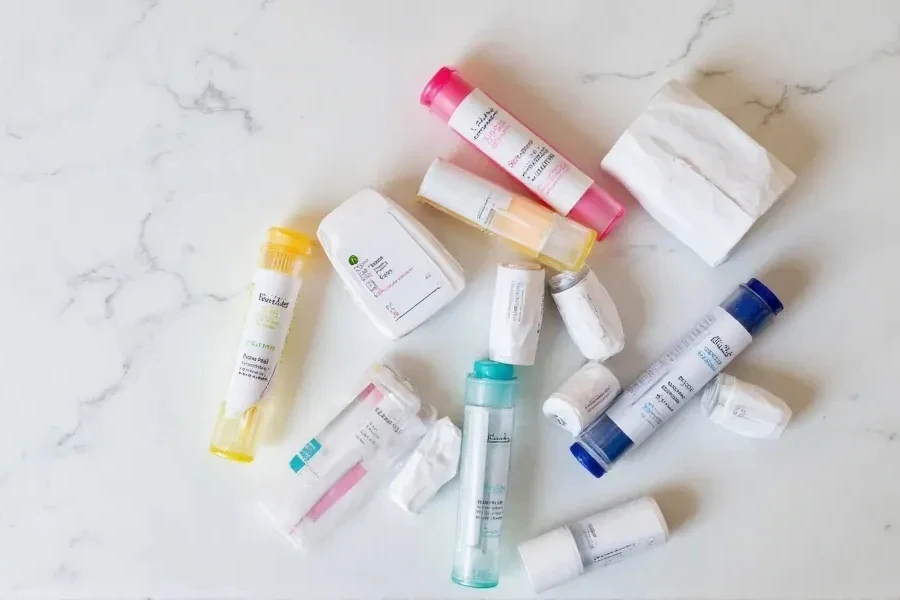
The Numbers Behind the Boom
The skincare market’s projected growth to $226.8 billion by 2029 only scratches the surface. Toner’s ascent is fueled by precise, region-specific demand:
- Japan’s 28% Benchmark: When 28% of Japanese women aged 25-29 deem toner essential (per Statista 2025), global brands pay attention. This isn’t cultural tradition—it’s a bellwether. Laneige’s Cream Skin Toner & Moisturizer, a milky hybrid, saw a 200% sales spike in Europe after Tokyo’s influence spread via TikTok.
- TikTok’s 63 Billion Views: The hashtag #MilkyToner didn’t just trend—it converted. Drunk Elephant’s Sweet Biome Fermented Rice Toner sold out twice in 2026, driven by Gen Z’s love for its “edible” texture.
- The Pad Revolution: Medicube’s Age-R Booster Pads (infused with 0.3mm micro-needles) generated $50 million in Q1 2026 sales. Their secret? Turning passive cotton into an active serum delivery system.
Climate Change as a Catalyst
Extreme weather isn’t just melting glaciers—it’s melting skin barriers. Consider these 2026 insights:
- 72% of Urban Dwellers reported heightened sensitivity (redness, dehydration) versus five years ago (Global Skin Health Index).
- Goodal’s Hyssop Cooling Toner: Infused with Antarctic sea hyssop, it reduced heat-induced redness by 89% in trials. Launched in India—where temperatures now hit 50°C (122°F)—it sold out in three hours.
- LOOPS’ Biodegradable Pads: Made from upcycled pineapple leaves, these fully dissolved in seawater within six weeks, addressing both plastic waste and travel convenience.
Part 2: The Science of Sensoriality—Where Texture Meets Therapy
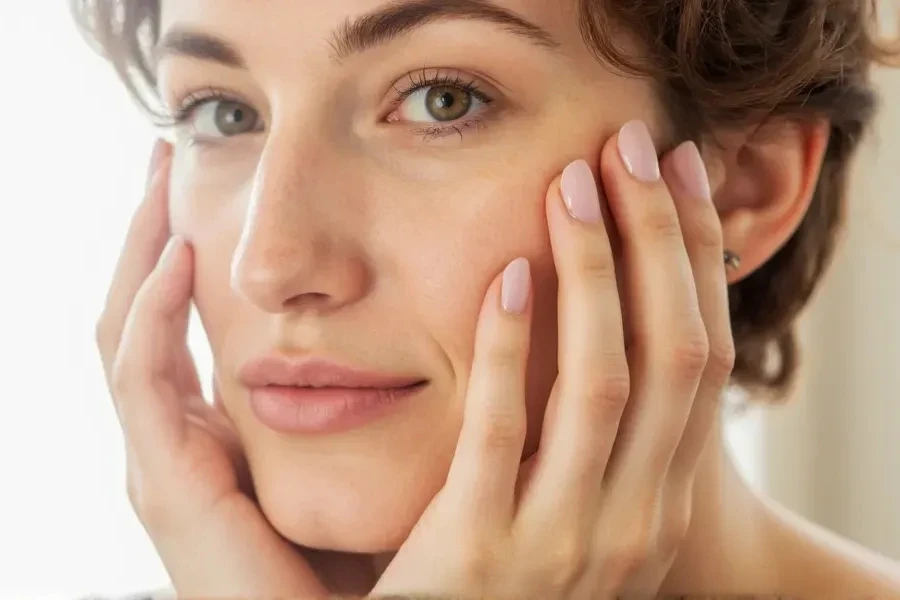
Engineering Multisensory Experiences
Modern toners aren’t applied—they’re experienced. Brands are weaponizing texture and scent:
- Tatcha’s Dewy Rice Milk Toner: Its honey-like viscosity (from rice-derived hydrocolloids) created a cult following. Users spent 30% longer massaging it in versus watery formulas—a “mindful skincare” metric.
- Byredo’s Bal d’Afrique Toner: Blending African marula oil and vetiver, its warm scent lowered cortisol levels by 18% during use (per clinical partner trials).
Inclusive Biochemistry: No More “One-Toner-Fits-All”
- EADEM’s Cashmere Peel: This lactic acid toner adjusts exfoliation depth based on melanin. For darker skin (prone to hyperpigmentation), it releases 0.3% gentler concentrations than standard formulas.
- Femmue’s pH Neutral Cloud: Powered by adaptive probiotics, it rebalances differently for acne-prone skin (targeting C. acnes) versus mature skin (boosting ceramides).
Part 3: Climate-Adaptive Formulations—Skincare’s New Arms Race
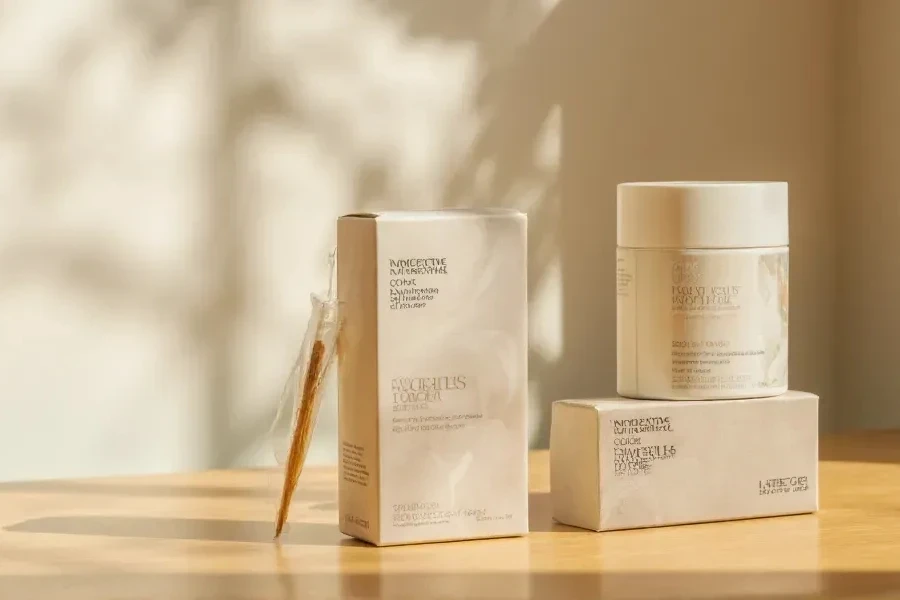
Pollution Armor and Cryo-Tech
As wildfires and Arctic blasts become seasonal norms, toners are evolving into environmental shields:
- Dr. Barbara Sturm’s Anti-Pollution Drops: Moringa seed peptides create an electrostatic barrier. Electron microscopy showed PM2.5 particles sticking to the toner film instead of skin.
- Vichy’s Cryo-Thermal Toner: Stored in vacuum-insulated bottles at 4°C (39°F), its icy spray reduced urban heat-induced pore dilation by 73%.
Waterless Innovations for a Thirsty Planet
With 35% of consumers prioritizing water conservation (Mintel 2026), brands are rethinking H2O:
- Kilian’s Alcohol-Free Ferment Essence: Using sake lees instead of water, it cut water use by 98%. Independent trials showed brightening results in 14 days.
- Summer Fridays’ Dehydrated Skin Rescue: A solid toner stick (think: glue stick) activated by fingertips. Ideal for drought zones—and airplane cabins.
Part 4: Sustainability Beyond Buzzwords—Packaging That Performs

Zero-Waste Luxury
- La Mer’s Refillable Ceramic Ampoule: Each hand-painted vessel holds 12 doses. Returned empties earn a 20% discount—a model boosting loyalty by 40%.
- UpCircle’s Coffee Ground Toner Pads: Made from London café waste, they diverted 1.2 tons of grounds in 2025. Bonus: Caffeine depuffs eyes on contact.
Carbon-Negative Processes
- REN Clean Skincare’s Atlantic Kelp Toner: Farmed kelp sequesters 10x more CO2 than land plants. Each bottle offsets 3kg emissions—trackable via blockchain.
Conclusion: The Toner of Tomorrow—Adaptive, Regenerative, Essential
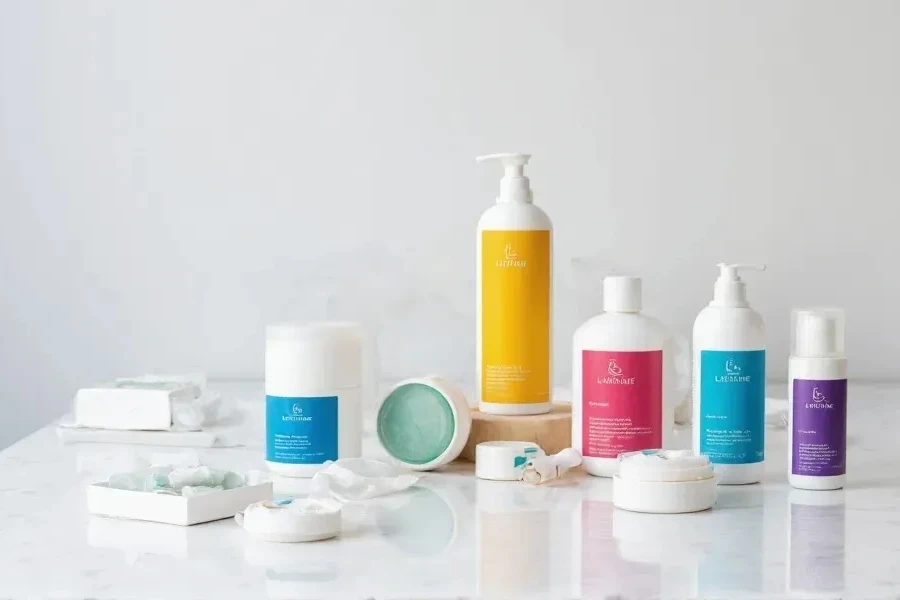
The toner renaissance proves skincare isn’t just about looking good—it’s about building resilience in a chaotic world. As climate forecasts worsen, this humble category may hold solutions we’ve yet to imagine: formulas that adapt to real-time UV indexes, microbiome-balancing mists triggered by air quality sensors, or even toners that repair ozone damage.
Key Takeaways for Brands:
- Lead with Science, Delight with Senses: Viral textures need clinical backing.
- Localize for Climate Realities: A Mumbai monsoon toner won’t work in Madrid’s droughts.
- Make Sustainability Self-Reinforcing: Eco-features should enhance—not complicate—the experience.
In 2026, choosing a toner isn’t just skincare—it’s a vote for the world we want: one where beauty adapts, protects, and regenerates.

